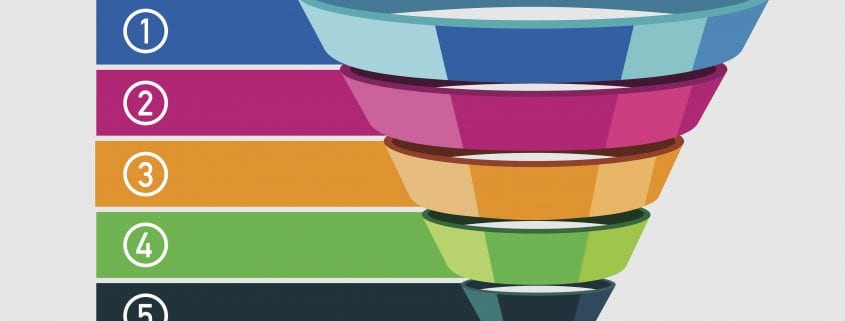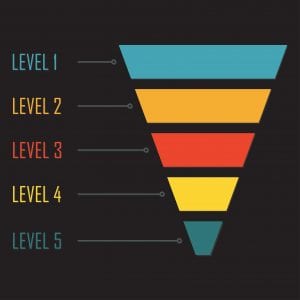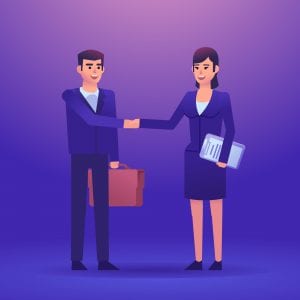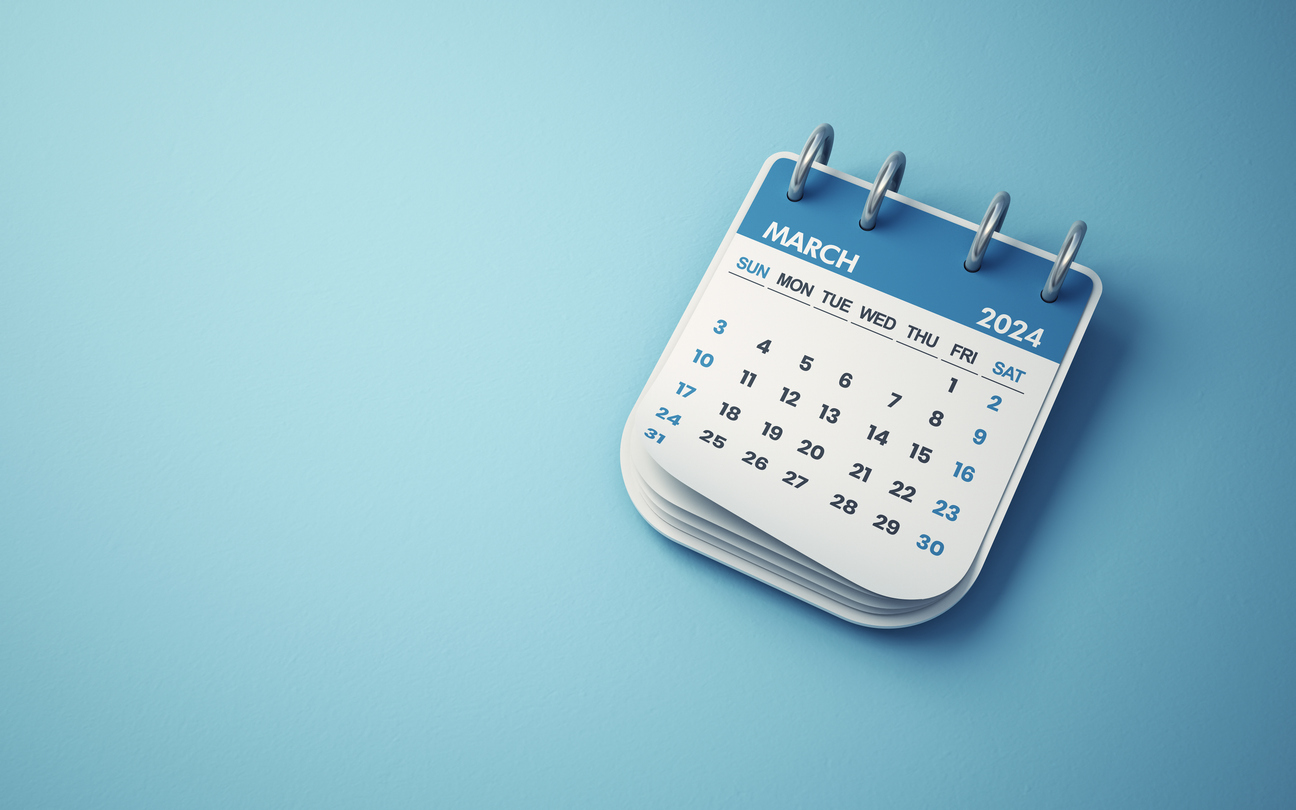
Tailoring The B2B Sales Funnel To Meet Your Needs
When it comes to the B2B sales funnel, there are three main stages: awareness, consideration and the decision stage. The funnel represents the journey that the customer takes from start to end. However, the B2B sales funnel isn’t necessarily set in stone. It can be modified to fit your business’s needs as long as it contains aspects of the three main stages. By customizing the sales funnel to meet your company’s specific needs, you’ll be able to identify what stage your customers are in more effectively, thereby making it easier to determine who they need to be in contact with and what actions need to take place.
With all this in mind, the following is an example of how the B2B sales funnel can be slightly modified. While still retaining aspects of the three main stages, the following B2B sales funnel consists of five stages.
Tailoring B2b Sales Funnel Stages
1. The Lead Generation Stage
The lead generation stage is a part of the awareness stage. It’s during this stage that leads who may not know who you are or what you do are introduced to your company. They may not even know what their exact pain point is at this time, which means presenting a solution during Lead Generation Stage stage of B2B Sales Funnel is premature. Instead, your goal should be to attract their attention and to establish your authority within your industry by producing high-quality content and establishing a presence online in the form of a website as well as social media pages.
2. The Lead Nurturing Stage
The lead nurturing stage is an extension of the awareness stage that ends up moving into the initial part of the consideration stage. It’s during this stage that you nurture your leads by continuing to educate them about your company and to inform them about the problem or pain point that they have. It’s during this stage that you will begin qualifying your leads.
Not all leads will be good prospects. Using lead scoring software, you can score leads based on actions they take during the lead generation and nurturing stages. For example, if they are spending a lot of time on your website, have returned multiple times, and have downloaded a free eBook and filled out a form, then you might want to qualify them as they have indicated a certain level of interest in your company.
When you qualify a lead, you need to make sure that they have expressed interest in one way or another, have a need for what you’re selling, have a budget to afford what you’re selling, and have the decision-making power within their company to actually make a purchase.
Read More: How Marketing Automation Can Improve Your Lead Nurturing Process
3. The Initial Meeting Stage
Once you have qualified a prospect, it’s time to engage directly with them. This is the initial meeting stage. Depending on how you structure your sales funnel, this initial meeting can come in a variety of different forms. For example, it could be a discovery call, a direct sales pitch, or a formal product or service demonstration. The idea is to establish the groundwork for a relationship and build trust with the prospect. They may not be ready to buy just yet. This B2B sales funnel stage is the second half of the consideration stage.

4. The Closing Stage
The closing stage is the stage in which you close the deal. It’s essentially the decision stage. At this point, the prospect should be making the decision to do business with your company. To ensure that you close, you want to align your priorities with theirs, secure their commitment, and continue to nurture the relationship with them until they make a decision.
5. The Retention Stage
Whereas standard sales funnels tend to end at the decision stage, your business with a new customer doesn’t end with the purchase. Remember, retaining the customer is of vital importance, which is why there should be a retention stage. Nurturing your relationship with your customers after the decision stage will help ensure that they continue doing business with them. Additionally, the stronger your relationship grows, the more likely they are to refer your company to other potential customers. This is a more cost-effective way to attract new leads since you’ll essentially be able to skip the first stage due to the referral.
This example shows how you can modify the standard sales funnel to create a funnel that better represents your B2B needs. As long as it retains some aspects of the standard three stages and the funnel is modified to help you better understand what part of the journey your customers are on and what their needs are, it should remain effective.

Dan Gartlan helps companies of all kinds drive their business initiatives and achieve their goals with strategic marketing programs that deliver results. As President of Stevens & Tate Marketing, he has over 20 years experience across various industries, and continues to share his expertise to build brands nationwide.






